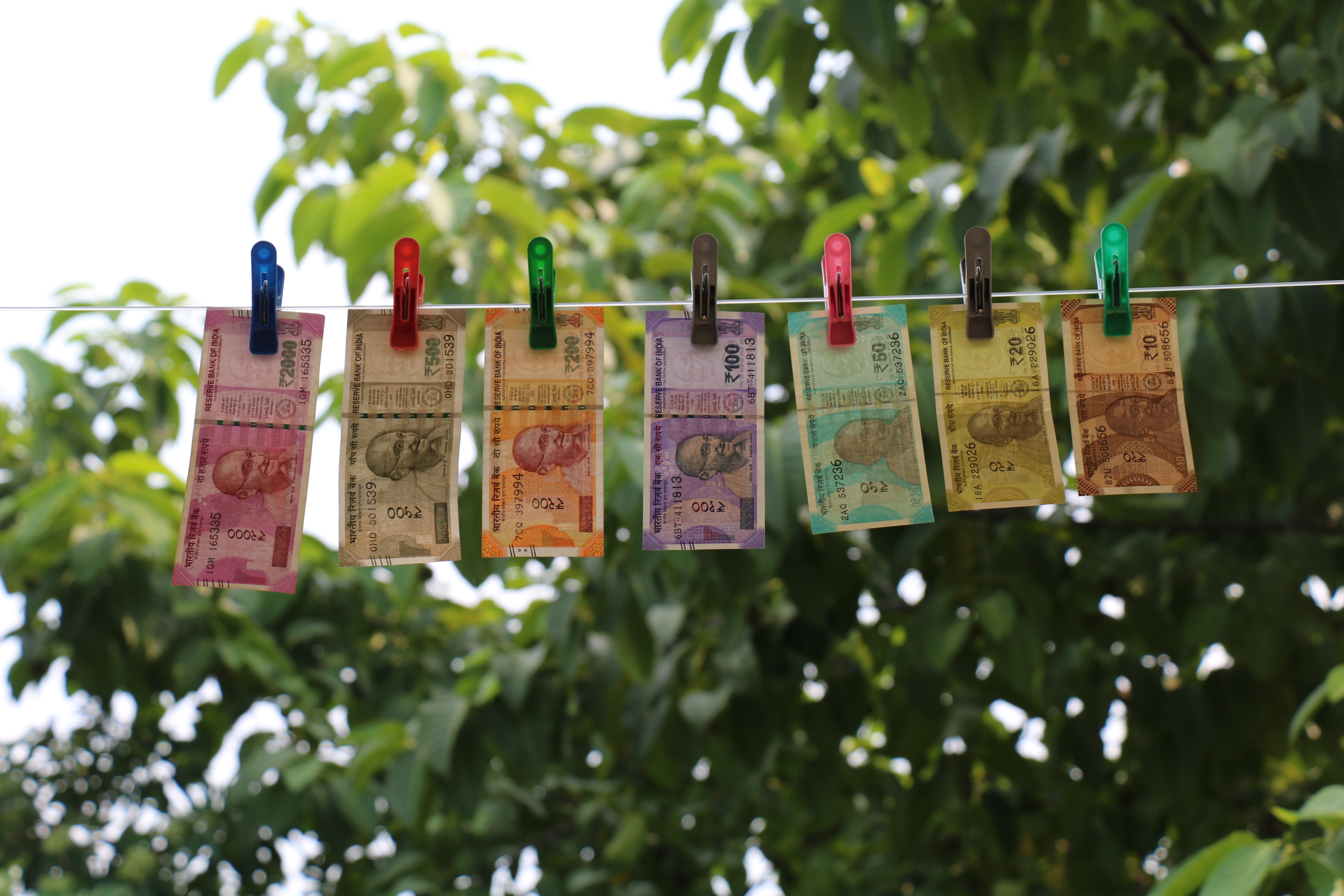Even as many developing countries conserve their foreign exchange reserves to guard against a nasty worsening of the economic environment, the Reserve Bank of India—the country’s central bank—has sold more than $40 billion from its reserves in the last nine months to prevent the rupee from weakening further. India’s exchange rate has gone from Rs 70 to the dollar in 2018 to Rs 78 today, and threatens to cross the Rs 80 mark. That would draw jeers from the Opposition, which would accuse Prime Minister Modi of tarnishing India’s image as India nears its next general election in 2024. However, spending the country’s reserves to avoid a purely cosmetic threshold of Rs 80 makes no sense. India’s current account deficit has soared with the high price of oil and may double to 3 percent of GDP this year. The need of the hour is a competitive exchange rate, not an inflated one.
The rupee has weakened by 5 percent against the dollar over the last year. Opposition politicians say India’s prestige is being depreciated. They seem unaware that the US dollar has strengthened substantially in the last two years with global money cascading into that country. The cascade first represented a flight from risky emerging markets to the safe haven of the dollar after Covid created huge uncertainties. More recently global money has flooded into the USA because the Fed has raised interest rates to attractive levels.
Too many Indians mistake a strong dollar for a weak rupee. Even as the rupee has depreciated 5 percent against the dollar, it has risen 7 percent against the euro and 14 percent against the yen over the last year. It has risen slightly even against the Chinese RMB.
Artificially propping up the rupee will tend to make India’s exports uncompetitive even as the current account deficit widens. If markets push the exchange rate to Rs 80 to the dollar, so be it. The Reserve Bank of India should not resist.
Source : https://www.cato.org/


